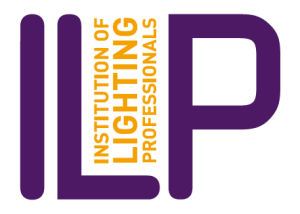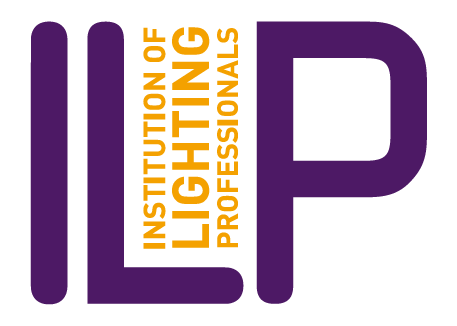Lighting has made great strides in recent years in reducing light pollution, light spill and obtrusive light. So why do we still allow so many buildings – and so much of our public realm – to be blighted by unnecessary, inefficient and light polluting wall-mounted bulkhead lights?
By Ryan Carroll
We all know that decades of local authority LED upgrades and energy reduction strategies throughout the UK have helped reduce light pollution levels from street lighting.
However, light pollution is still generally on the rise. In the pursuit of safety, aesthetics, and visibility, many buildings remain brightly lit long after the last person has left for the night.
One common source of night-time illumination is through the use of wall-mounted bulkhead lighting.
While these luminaires seem harmless and highly useful on the surface, light pollution, energy wastage, and broader ecological disruption are the reality of their use.
As most bulkhead fittings project light outwards, normally through a full or ‘eye-lid’ diffuser, the majority of the useful light falls outside of the area on the ground that requires lighting.
SIGNIFICANT LIGHT POLLUTER
Bulkhead lighting, when left on throughout the night without consideration for its necessity or direction, is a significant contributor to all of light pollution factors – as these luminaires provide light outwards instead of being directed downward where it is most needed.
Bulkhead lighting on buildings ultimately leads to degradation of natural darkness in semi-rural and rural environments, which is critical not only for astronomical observations but also for the behavioural and biological rhythms of countless species.
Migratory birds, insects and nocturnal mammals rely on darkness to navigate, forage, and avoid predators. Disrupting this darkness with artificial light causes disorientation, reproductive interference, and even increased mortality rates.
Beyond their environmental impact, bulkhead lights that don’t serve a clear purpose are also a glaring symbol of inefficiency.
When buildings are left unoccupied overnight, such as offices, warehouses, or retail stores, bulkhead lights that remain on do nothing but drain electricity.
This wasted energy translates directly into increased carbon emissions, particularly if the power comes from fossil-fuel sources.
FAR-REACHING CONSEQUENCES
The consequences of bulkhead lighting extend well beyond the immediate vicinity of the building. Over-illumination contributes to the urbanising effect of lighting in rural areas, disturbs plant growth cycles and affects human circadian rhythms.
In rural areas or the outskirts of cities, external light from unoccupied buildings can intrude upon natural habitats, fragmenting ecosystems that depend on darkness. The presence of even a few poorly shielded lights can change predator-prey dynamics, disrupt insect populations (particularly pollinators), and lead to long-term ecological imbalance.
In sum, bulkhead lighting on unoccupied buildings may seem harmless, but its persistent glow carries far-reaching consequences.
From contributing to light pollution and energy waste to disrupting wildlife and ecosystems, the over-use of artificial light is a growing environmental challenge.
Through thoughtful design, smarter technology, and a commitment to sustainability, we can preserve the night sky, reduce carbon emissions, and create healthier, more responsible urban environments.
Lighting professionals – and the ILP members – we all know can lead on all this. It’s high time, therefore, we also led on reducing and mitigating – or, even better, simply getting rid of – the unnecessary and intrusive use of wall-mounted bulkhead lighting. Who’s with me?
Ryan Carroll BSc (Hons), IEng, MILP is department lead – lighting impact and planning, at DFL
This is an abridged version of the article that appears in the June edition of Lighting Journal. To read the full article, simply click on the page-turner to your right.



